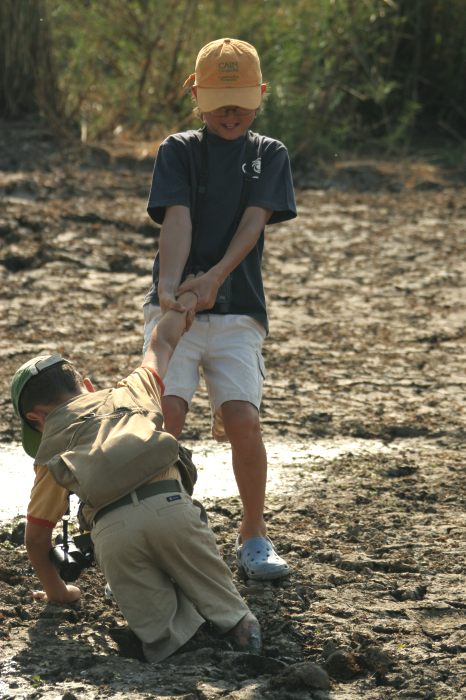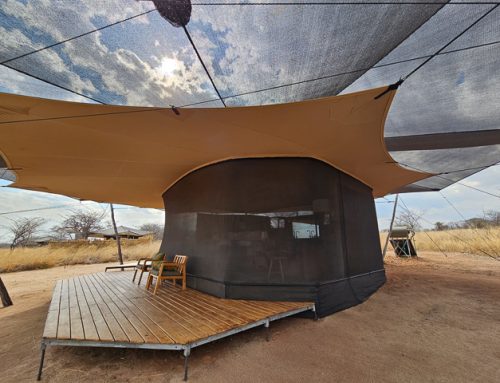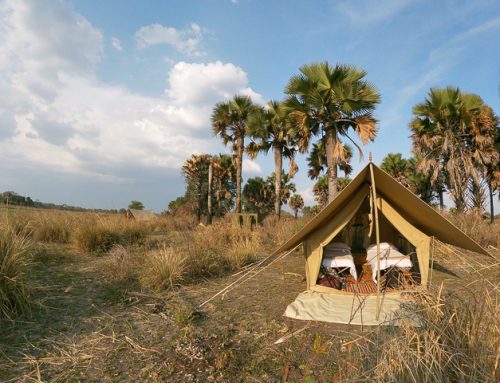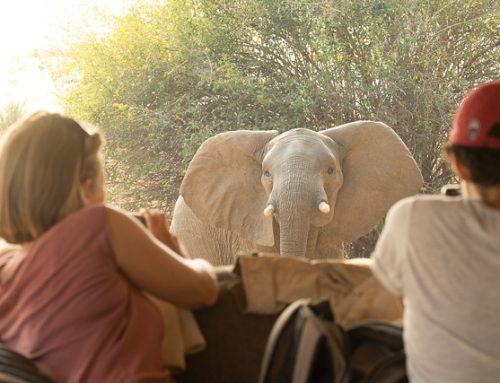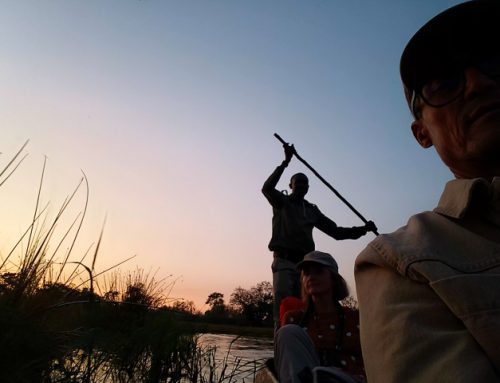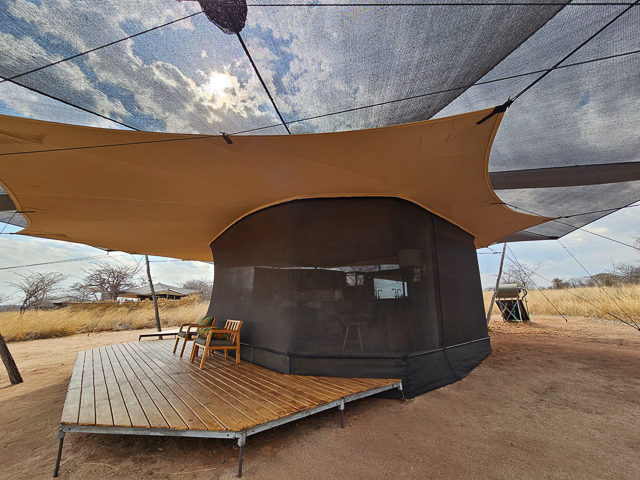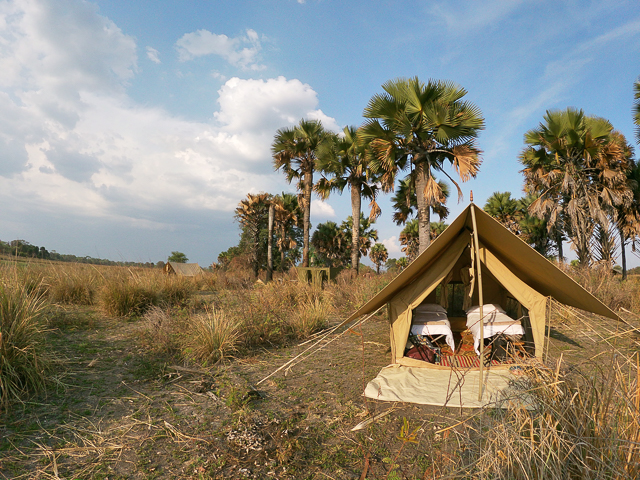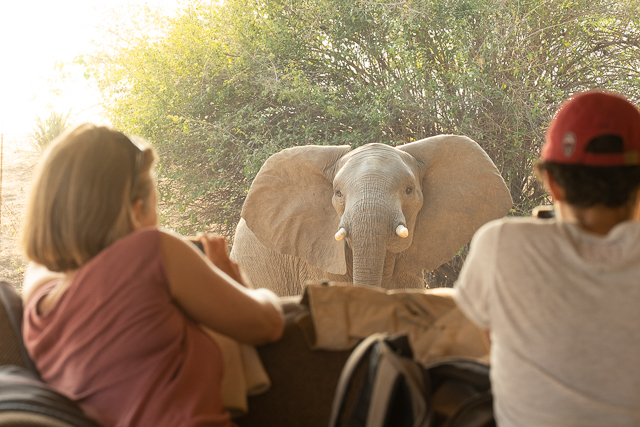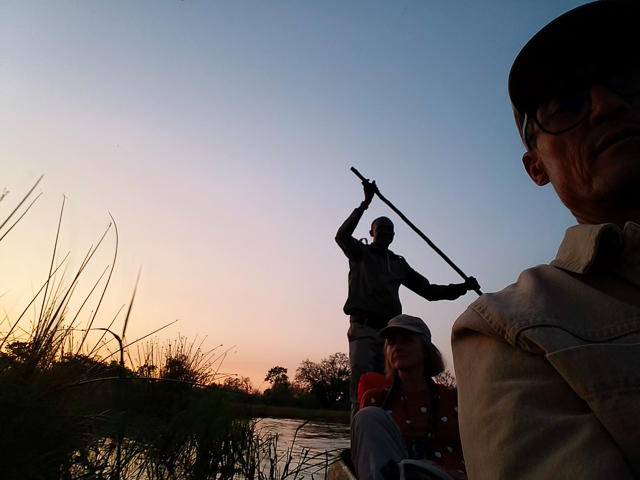Recently my family joined me on safari in Ruaha national park in central Tanzania.
I wanted to have a look at one of the few Wildlife Management Areas (WMA) in the country. WMAs are special areas put aside for wildlife protection by local communities with the aim that these communities earn revenue in a sustainable manner. Examples of activities in WMAs are photographic tourism, hunting, walking, night driving, and camping. Anything is possible as long as it is within the bounds of the management of the area.
Personally I think it is one of the most exciting fields of wildlife conservation, because it has the potential of creating a real win, win, upward spiral. Ultimately the area could earn revenue for the very poor communities that border it, while simultaneously benefiting wildlife conservation and preserving “wild” areas. It could also allow guides like myself to operate in places free from the sometimes substantial restrictions found in national parks, and allow us to integrate wildlife tourism with visiting local communities, so providing interesting cultural interaction.

We had a lot of fun in the two days we were there, and I was amazed at the potential of the area. The zone of this WMA put aside for high end photographic tourism actually has 54 kilometres of frontage with the Ruaha River and Tanzania’s largest national park, Ruaha! We saw all sorts of animals inlcuding impalas, greater kudus, hippos, elephants, bushbabies, giraffes and genets!
One morning Pete and I left with my wife Gillian, and son Laurence, and Pete’s son Henry to look at the area. We came across a muddy hollow in the process of drying up, which was full of catfish, splashing and sploshing, preparing to estivate in a mucuous-lined water-filled hole in the bottom of the wallow, to await the r


